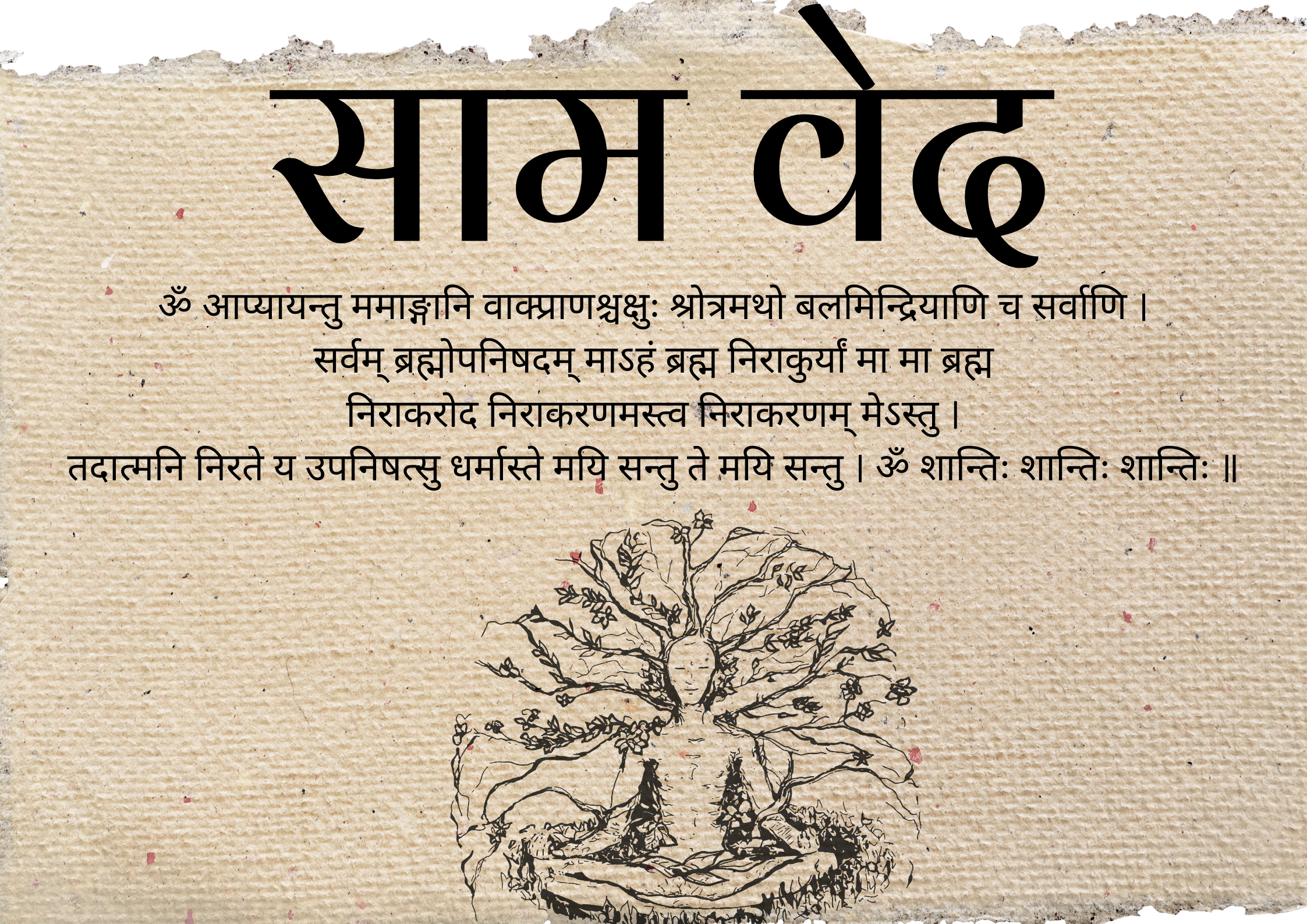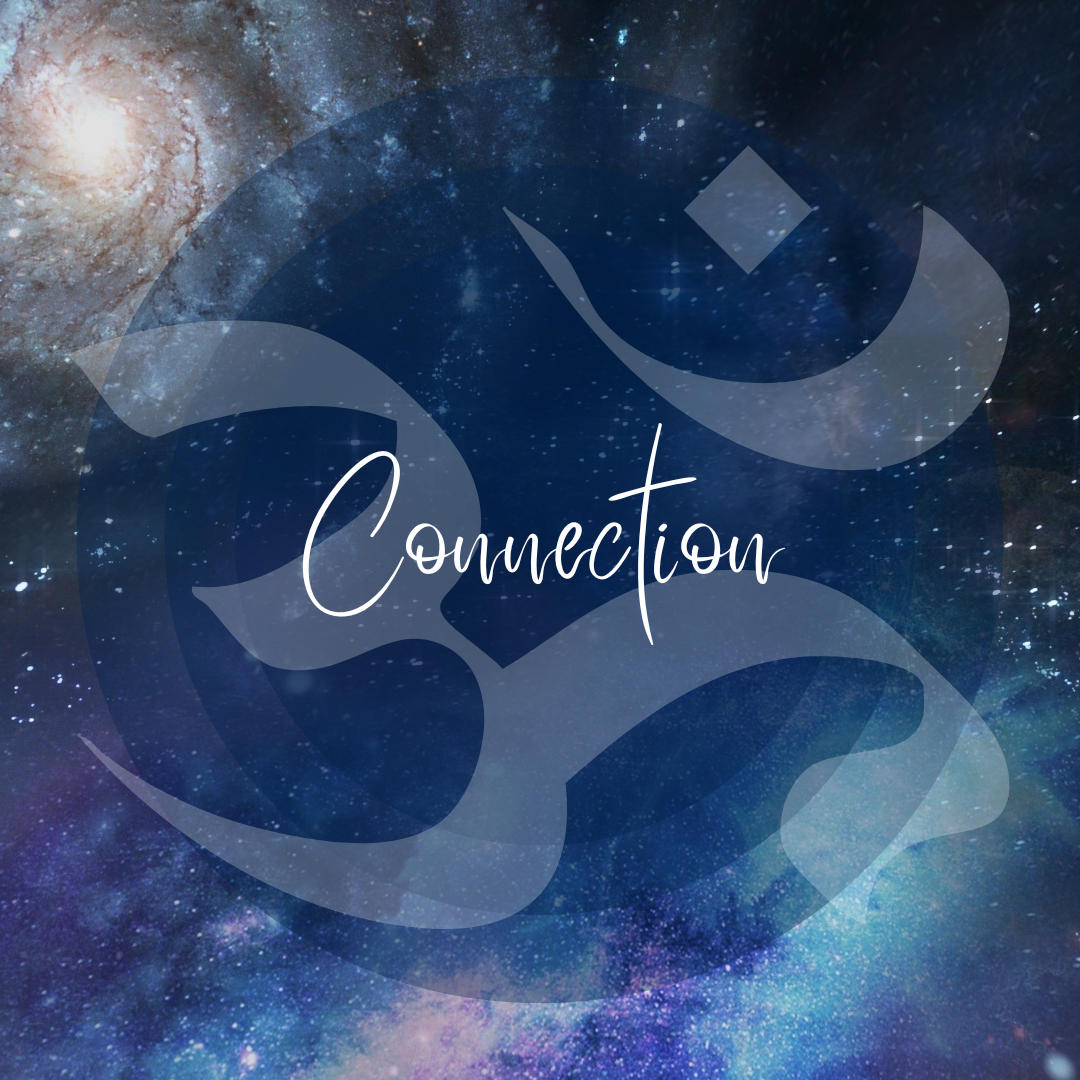Tagged: lifestyle, Mantras, meditation, Sama Veda, Shlokas
- This topic has 0 replies, 1 voice, and was last updated by .
-
AuthorPosts
-
March 5, 2024 at 10:53 pm #1730Up::27

The Sama Veda is one of the four Vedas, the ancient sacred scriptures of Hinduism. It is primarily a collection of hymns and chants, organized musically, and is considered the “Veda of melodies” or the “Veda of songs.” It’s more like a cosmic playlist that has been resonating through the ages. “Sama Veda” is explained as follows by Vedic scholar David Frawley: “If ‘Rig Veda’ is the word, then ‘Sama Veda’ is the song; if ‘Rig Veda’ is the knowledge, then ‘Sama Veda’ is the realisation; if ‘Rig Veda’ is the wife, then ‘Sama Veda’ is the husband.”
So, let’s dive into the world of Sama Veda and explore how its mantras can influence our overall lifestyle in a pretty groovy way.
Sama Veda is a treasure trove of ancient hymns and chants. Its significance lies not only in its musical nature but also in the profound spiritual and philosophical teachings embedded within its verses. The music system that evolved from the Sama Veda is called “Gandharvaveda”. Sama Veda had one thousand shakhas (branches) at first. Unfortunately, merely three branches survived the years. These are— Kauthuma, Ranayaniya and Jaiminiya. Today, Kauthuma is the one known more prominently. The Sama Veda- Samhita of Kauthumas is divided into two sections: Archika and Gana, The Archika is also separated into two — the Purvarchika and the Uttararchika. In Yagas, the priest who recites the Sama Veda mantras is known as the Udgata. One can also realise the significance of Sam Veda from a statement mentioned in Bhagwat Geeta which is uttered by Lord Krishna himself as “Among the Vedas I am Sama.”
The total number of mantras in the Sama Veda is extensive, comprising thousands of verses arranged in a structured and melodic pattern. While the exact count of mantras in the Sama Veda can vary depending on different recensions and traditions, it is commonly estimated to contain around 1,549 verses. These verses are organized into two main sections: the Purvarchika (First Section) and the Uttararchika (Second Section), each with its distinct set of hymns and melodies. To delve into the essence of the Sama Veda, it’s essential to explore its divisions, which play a crucial role in shaping the structure and purpose of this Vedic text.
Purvarchika primarily consists of hymns borrowed from the Rigveda, which are rearranged, reworded, and adapted to fit the musical patterns and melodies unique to the Samavedic tradition. The primary purpose of the Purvarchika is to provide a foundational set of hymns that can be further developed and chanted in the musical framework unique to the Sama Veda.
The Uttararchika represents the more evolved and specialized phase of the Sama Veda. It includes additional hymns that are not found in the Rigveda, demonstrating the development and expansion of the Samavedic tradition. This section is further divided into various books known as Archikas, each containing several Ganas (melodies) intended for specific rituals and ceremonies.

Now, how does this influence your overall lifestyle? It’s about making these ancient mantras your companions in the journey of life. It’s about recognizing that your actions, thoughts, and emotions are part of a larger cosmic dance. When you bring these mantras into your routine, whether it’s during meditation or rituals, it’s like adding a sprinkle of cosmic harmony to your life.
Picture this: you start your day with a cup of coffee and a dose of Sama Veda. It’s not just a routine, it is a vibe. The mantras have this way of setting the mood for the day. They’re not asking you to change your lifestyle dramatically; they’re inviting you to infuse a bit of ancient wisdom into your modern existence.
Incorporating Sama Veda into your lifestyle doesn’t mean you need to become a chanting guru or give up your modern comforts. It’s about finding a balance, creating a space for these ancient vibrations to weave into the fabric of your existence.
Now, let’s explore some of the Sama Veda mantras that can be incorporated into our everyday lives for spiritual enrichment and personal growth:
Agnaye Swaha:
This mantra is dedicated to Agni, the fire deity representing transformation and purification. Chanting this mantra can invoke the transformative energy of Agni, helping us let go of negativity and embrace positive change in our lives.Gayatri Mantra:
ॐ भूर्भुवः स्वःतत्सवितुर्वरेण्यं
भर्गो देवस्य धीमहि
धियो यो नः प्रचोदयात् ॥
Om Bhur Bhuvaḥ Swaḥ
Tát savitúr váreṇ(i)yaṃ
Bhárgo devásya dhīmahi
Dhíyo yó naḥ pracodáyāt
One of the most powerful and widely known mantras in Hinduism, the Gayatri Mantra is a prayer to the divine Sun for spiritual illumination and wisdom. Chanting the Gayatri Mantra regularly can promote clarity of mind, inner peace, and spiritual growth.
Om Namah Shivay (ॐ नमः शिवाय ):
This mantra is a powerful invocation of Lord Shiva, the destroyer of ignorance and embodiment of pure consciousness. Chanting “Om Namah Shivaya” can cultivate a deep sense of connection with the divine, fostering inner strength and resilience.Om Shanti Shanti Shanti (ॐ शान्ति: शान्ति: शान्ति:):
This mantra is a universal prayer for peace, recited three times to invoke peace in the body, mind, and spirit. Chanting “Om Shanti Shanti Shanti” can create a harmonious and tranquil atmosphere, promoting emotional well-being and inner balance.Asatoma Sadgamaya:
ॐ असतो मा सद्गमय ।तमसो मा ज्योतिर्गमय ।
मृत्योर्मा अमृतं गमय ।
Asato mā sadgamaya
Tamaso mā jyotirgamaya
Mṛtyor mā’mṛtaṃ gamaya
This mantra is a prayer for guidance and enlightenment, urging us to move from darkness to light, from ignorance to wisdom. Chanting “Asatoma Sadgamaya” can inspire personal growth, self-awareness, and the pursuit of truth.
Incorporating these Sama Veda mantras into our daily spiritual practice can enrich our lives with profound meaning and purpose. So, whether you’re seeking a moment of peace in a chaotic world or aiming for a more mindful and balanced lifestyle, Sama Veda offers a timeless soundtrack that resonates across the ages. It’s not just about ancient chants; it’s about finding your rhythm in the cosmic dance of life. And who knows, in the symphony of Sama Veda, you might discover a melody that resonates with your soul.
- This topic was modified 1 year ago by .
- This topic was modified 1 year ago by .
- This topic was modified 1 year ago by .
Attachments:
You must be logged in to view attached files. -
AuthorPosts
- You must be logged in to reply to this topic.